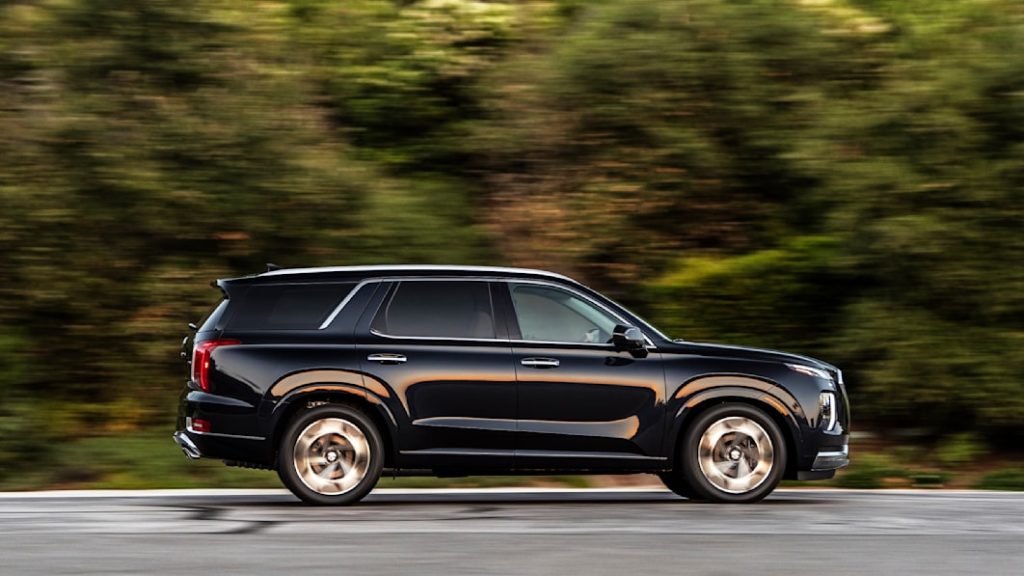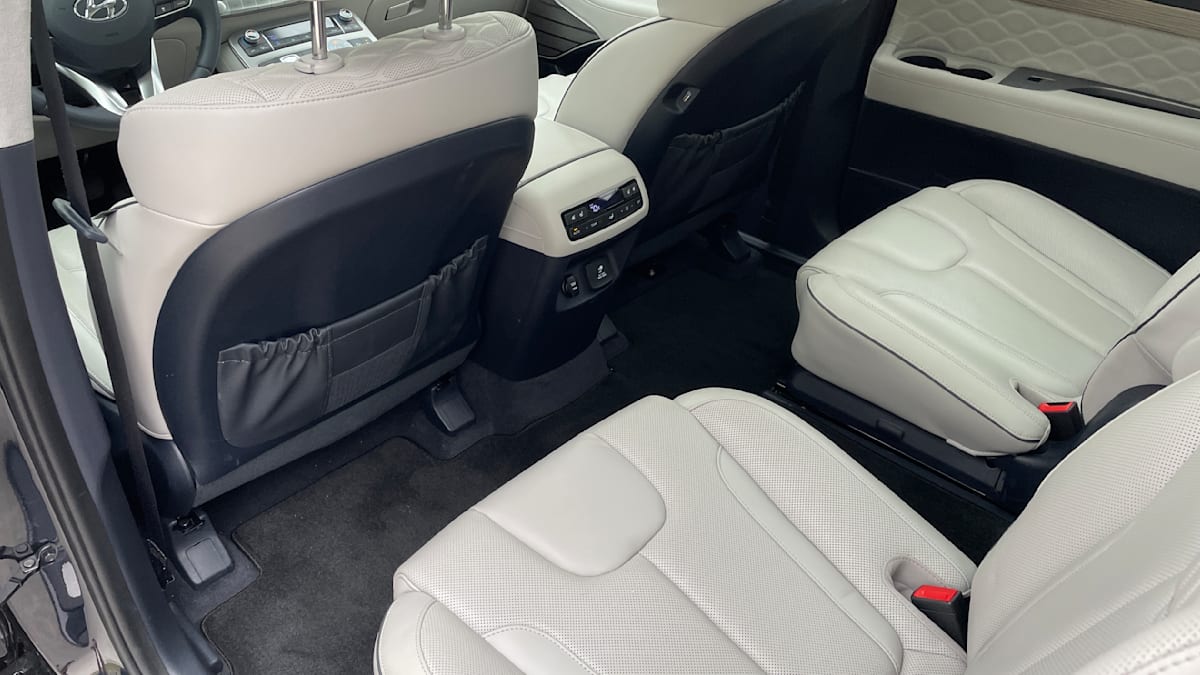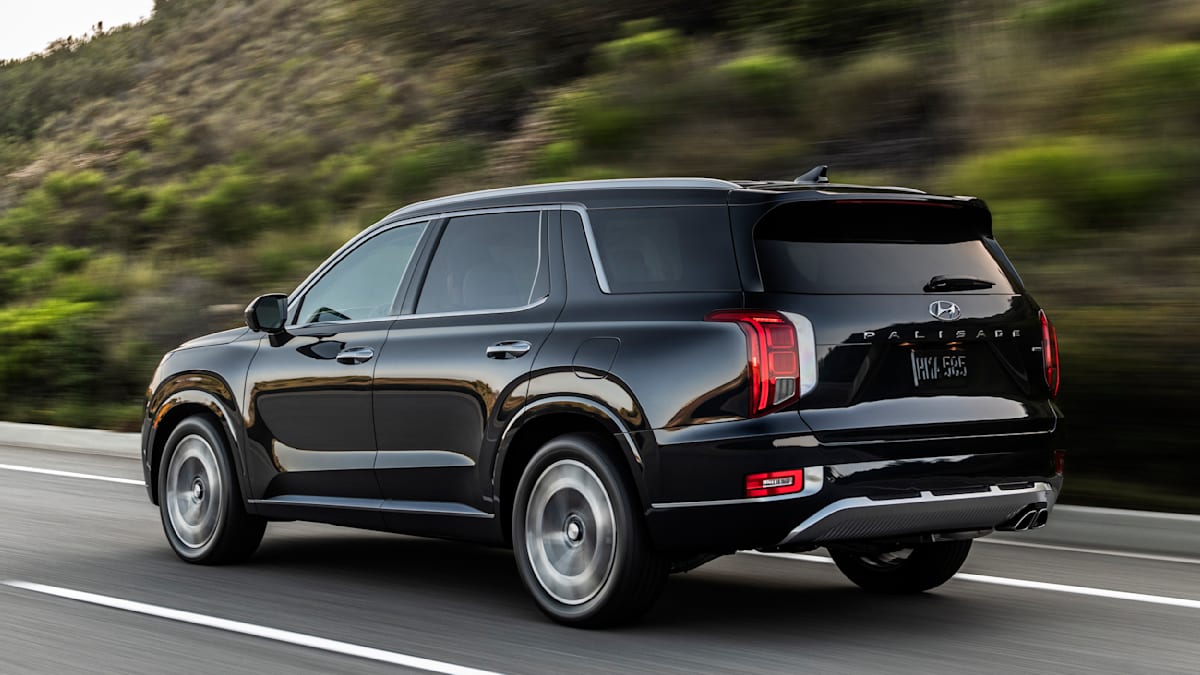2021 Hyundai Palisade Long-Term Update | Beats a big old SUV

Big SUVs are extremely popular choices for long-haul road trips, and for good reason. I fully understand the appeal; my family has owned several of them over the years, starting with a 1992 Nissan Patrol that we bought while living in Central America, moving to a Mitsubishi Montero, then a Lexus GX 460 before settling on the largest I’ve ever parked in my own driveway. My current vintage 1993 GMC Suburban is quite adept at racking up the miles, and it boasts plenty of virtues that make it a solid road tripper.
But when the option to use Autoblog’s long-term Hyundai Palisade for a weeklong trip to the beaches and sunny climes of South Carolina presented itself, I jumped at the chance. This wouldn’t represent the first long trip our Palisade has been on, but it was my first taste of its usefulness. I could have taken my current-generation Lexus GX — much more modern than my GMC but still a traditional body-on-frame SUV — but I wanted to experience crossover life. The $64,000 question (okay, fine … maybe a few bucks less than that) on my mind: How much better is a modern crossover for long road trips than an old-school SUV?
For family road trip duty, the number one thing a ‘ute needs to be is spacious. As you’d expect, my 219.5-inch-long Suburban has quite a bit more total cargo space than the 196-inch-long Palisade. When compared to the Lexus GX, however, it’s pretty comparable. Equally as important, the Hyundai’s cargo area is easily accessible with a low entry point, well shaped and therefore easy to pack. Hyundai says there are 86.4 cubic feet of space with the second and third rows folded. We had four occupants, which means we were left with 45.8 cubes. We snuck some long items in between the middle captain’s chairs, extending the available space.
In the end, we packed it full of a week’s worth of clothes in a quartet of carry-on-size suitcases, four folding chairs, beach blankets and umbrellas, and a couple of coolers with space left to spare (barely) for a brace of neck pillows, blankets and all manner of electronic gear.


The second most important need for road-trip duty is comfort. Here’s where the Palisade blows a traditional body-on-frame SUV out of the water. Granted, my own Suburban is an old one; the latest models ride and handle several orders of magnitude better than my ’93 K2500. I’ve done sizable road trips in several recent models, including the Chevy Tahoe, Ford Expedition, GMC Yukon, Nissan Armada and Toyota Sequoia. I’ve put tens of thousands of miles on the Lexus GX 460. I therefore feel well qualified to proclaim that none of those big’uns is as comfortable as the Palisade at 70 miles per hour winding through the hills, tree-lined backroads and coastline.
I polled my passengers — which included my wife, her brother and his wife — and received positive notes from all regarding the ride, spaciousness, quietness and seat comfort. From the driver’s seat, the Palisade feels calm and collected, with a comfortable ride and good steering feel. All of these things work together to make Hyundai’s biggest utility vehicle an excellent choice for piling up the miles. Everyone agreed they were happier inside the Hyundai than my own Lexus.
The third and final road trip bit of importance I’ll comment on is efficiency. The Palisade is EPA-rated at 19 city, 24 highway and 21 combined. I averaged 23.5 miles per gallon on my 1,495-mile adventure. You don’t need me to tell you I get much worse than that in my old big-block 454 Suburban, but it’s also much better than the V8-powered Lexus GX, too, which in my own experience struggles to break 17 or 18 mpg on the highway with a load of passengers and cargo.

Looking back at our trip, my family was happy they got to ride in the Hyundai Palisade instead of our Lexus GX 460. They were comfortable in the luxurious confines of its interior and felt like they had plenty of space. I was happy to be driving something more car-like than truck-like. And the fuel savings were meaningful, too. So while I won’t be giving up my trusty old Suburban for camping, kayaking and towing, and with the caveat that the biggest of big families may still need something more hulking than the Palisade, I can confidently say that a big unibody crossover is a much nicer proposition for most family excursions than a big body-on-frame SUV.




